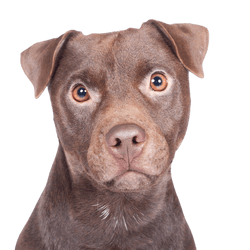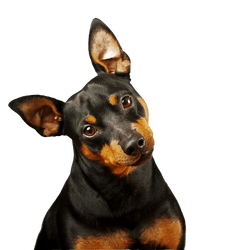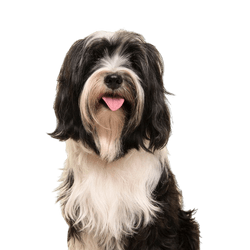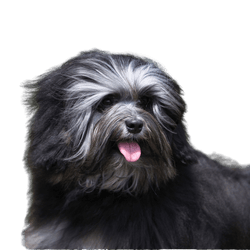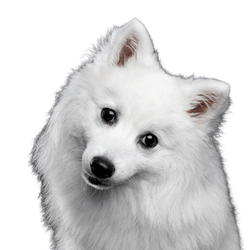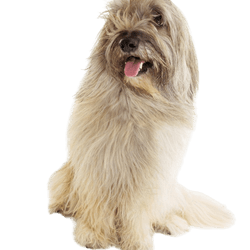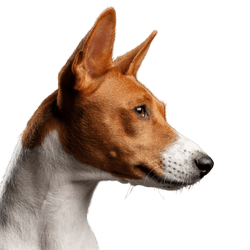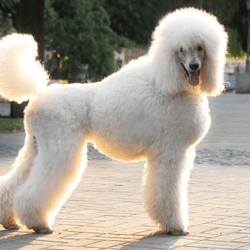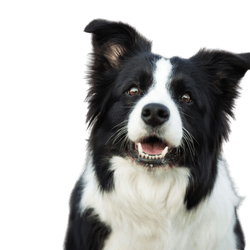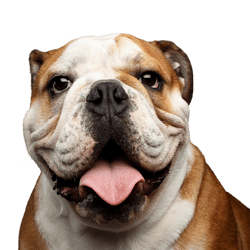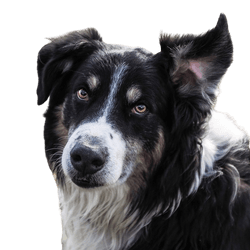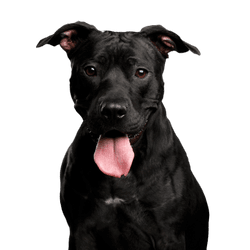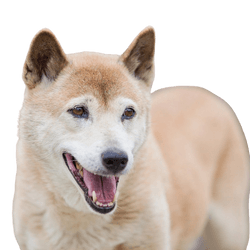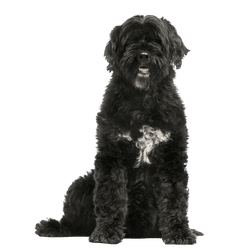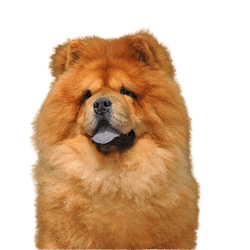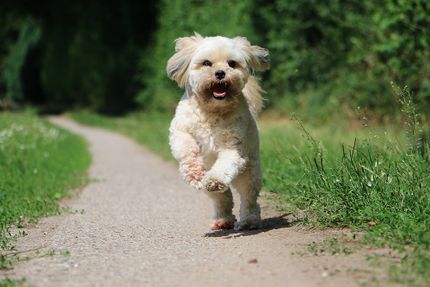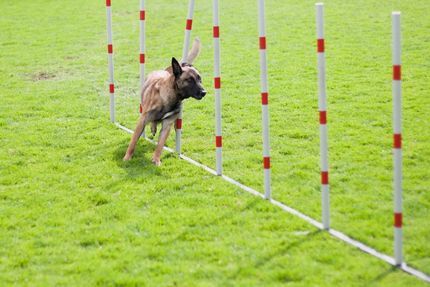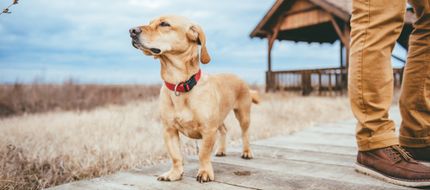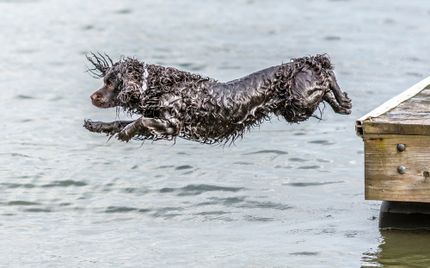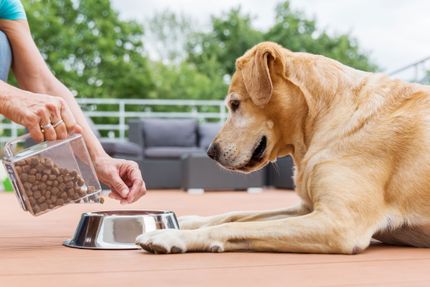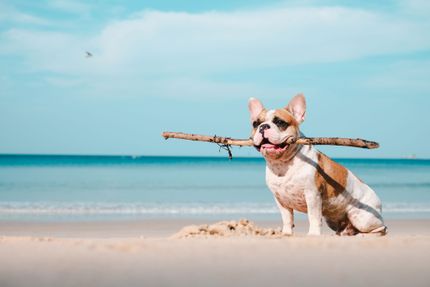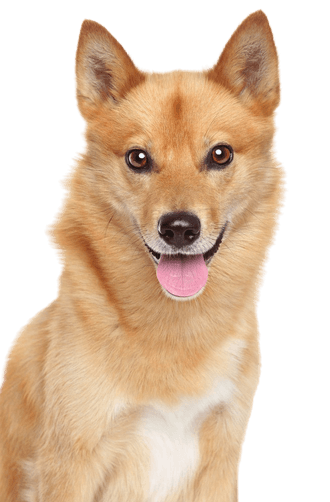
Finnish spitz Breed description: Character & Co
Finnish spitz
Facts & Origin
Ancestry and origin
Nothing more is known about his ancestry. However, the dogs have been used as reliable hunting dogs in the north and east of Finland for centuries. In the neighbouring country Russia the dog is known as Karelo-Finnish Laika. The Finnish and Russian breeding associations have agreed that it is the same breed. Since 2006, Finland has created the standard and is considered the country of origin of the breed. Since 1979, the breed is also the national dog of Finland.
Breed characteristics and temperament
The Finnish Spitz is a dog breed recognized by the FCI and is listed in FCI Group 5 (Spitz and primitive type dogs), Section 2 (Nordic hunting dogs), Standard No. 49, with optional working test. The dogs are independent, sovereign, curious and playful in character. Always looking for something to do, they quickly become bored. Then their willingness to cooperate tends towards zero.
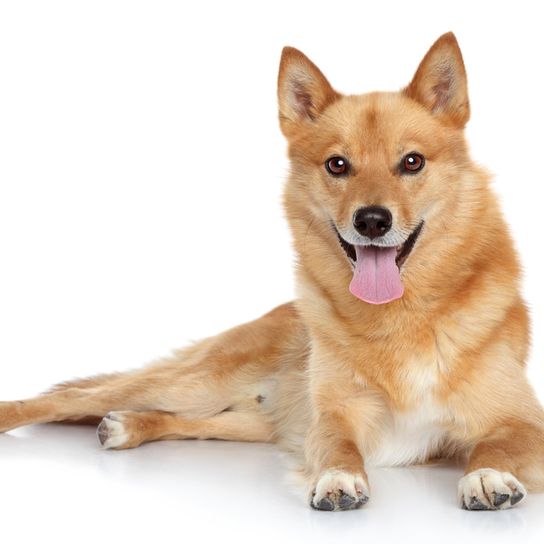
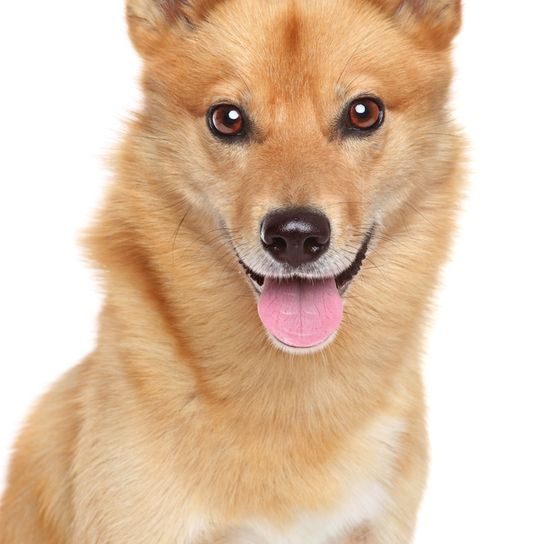
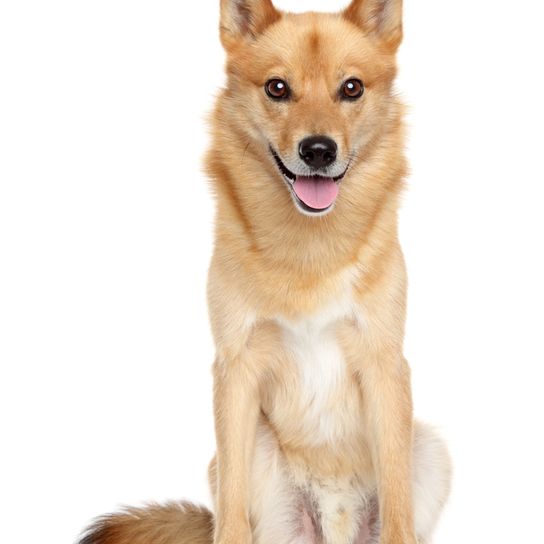
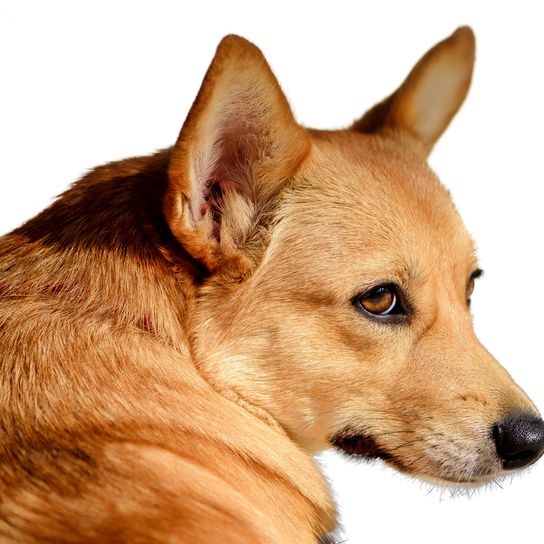
| Alternate Name | Karelo Finnish Laika, Suomenpystykorva |
| Origin | Finland |
| Life expectancy | 12 - 14 years |
| Care requirements | high-maintenance |
| Activity level | average |
| FCI group | Nordic Hunting Dogs |
| AKC group | non-sporting group |
| KC group | Hound Group |
Attitude, character and temperament of the breed
Keeping and education
Even if the dog is to be kept in the city, keeping it in the country is the better choice. If you still want to try it with the dog in the city, the main thing is to make sure that you have enough exercise. The dogs that love to move like to spend time outdoors. A large property with garden would therefore be an advantage. But caution, the watchful dogs belong to the barking kings among their kind. Strange visitors are announced loudly. This barking joyfulness makes the dog basically unsuitable for an apartment attitude. The Finnish Spitz is not a dog for beginners. It is very independent and does not submit easily. With appropriate consequence and positive reinforcement (e.g. by praising words or gestures, gentle strokes and also treats), however, one can educate also these headstrong dogs. Once the dogs understand who is in charge in the pack, they usually cooperate quite well. Otherwise, it is a good family dog, fond of children and faithful and loyal to its master or mistress.
Character
Usage

Health and breeding information
Care and nutrition of the Finnish Spitz
Normally, a weekly brushing of the coat is sufficient. During the coat change in spring and autumn, however, the Finnish Spitz sheds a lot. Then regular brushing - preferably daily - is a must. If too many dead hairs from the undercoat remain on the dog, there is a risk of skin inflammation. Regular ear and claw checks are also part of grooming. Both dry and wet food can be used for the diet. However, the food should be predominantly meat-based. Food containing cereals should be avoided. With dry food, there must also always be enough water freely available. Dry chews (e.g. beef ears) for in-between meals also give pleasure to the Finnish Spitz. Dental hygiene supporting dental care snacks round off the whole.
Health and life expectancy
The robust dogs are considered little susceptible to disease. Breed-typical diseases such as hip dysplasia orother joint problems occur very rarely. The life expectancy is 12-14 years.
Interesting facts
The Finnish Spitz is a rarity outside of Scandinavia. If you are looking for such a dog, however, theGerman Club for Nordic Dogs is the right address. Attention allergy sufferers: the dogs are not hypoallergenic.


Breed characteristics and appearance
The Finnish Spitz is a medium-sized dog of strong, athletic build. Males have a height at withers of 44 - 50 cm and a weight of 12 - 13 kg. The smaller females have a height at withers of 39 - 45 cm and a weight of 7 - 10 kg. The head appears fox-like. The two-layered, weatherproof coat consists of a dense undercoat and a harsh outer coat. Coat colours are:
- Red
- Gold
- Red gold
- Reddish brown
- Yellow-brown
White markings on chest and paws are permitted in the standard.
| Fur length | long |
| Fur | flat coated |
| Ear shape | Standing Ears |
| Tail | rolled up |
| Anatomy | rugged |
| Size ♀ | 39 - 45 cm |
| Weight ♀ | 7 - 10 kg |
| Size ♂ | 44 - 50 cm |
| Weight ♂ | 12 - 13 kg |
| Suitable For | - |
Colors

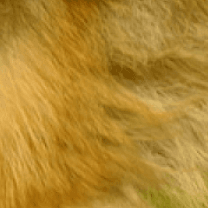
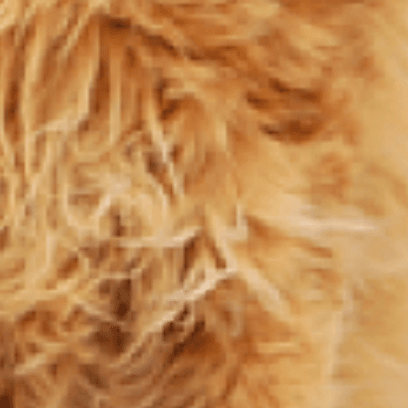
Known Diseases
Hip dysplasia (HD)
The hip dysplasia or hip joint dysplasia of the dog (HD) is a maldevelopment of the hip joint.
Other medium dogs
Useful Articles
You can find articles that might interest you in the dogbible blog to match your favorite breed.
Visit our magazineto stay up to date on dog trends.
To find out more, view our Privacy Policy
Find here the breed that suits you and find out what character traits it has. Here you can also learn more about the origin, size and weight of your favorite breeds.
Matching your favorite breed, you'll find articles that might interest you on the dogbible dog blog.
Hiking with dog in Vienna - the most beautiful routes
Should Dogs Be Allowed On The Couch? - yes or no and how to break the habit
Safely on four paws through the darkness
Kennel cough - If your dog coughs, you should know this disease
